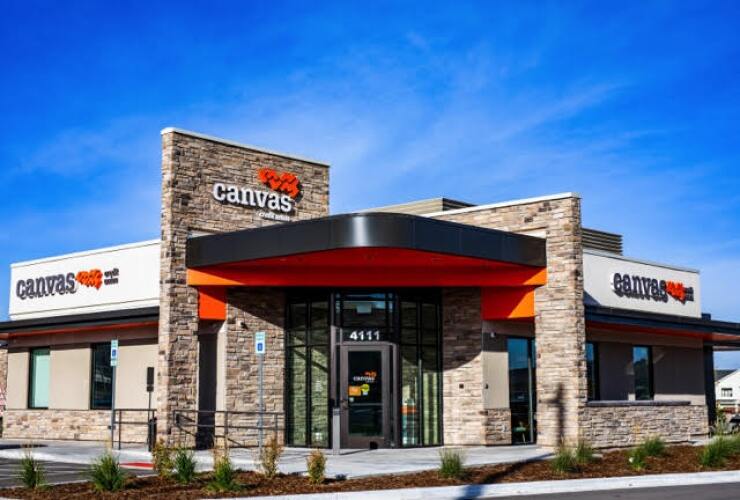Credit unions have grabbed a
According to the latest data from Bankrate, the interest rate for a 60-month new auto loan averaged 6.85% for U.S. credit unions in January — higher than the average 6.29% for U.S. banks and 6.05% for thrifts.
Some of the biggest banks in the country have remained "very competitive" on auto loan rates, and that is reflected in the average, said Greg McBride, chief financial analyst at Bankrate.

For 48-month used car loans, credit unions averaged 7.08% in January, while banks came in at 6.66% and thrifts at 6.94%, according to Bankrate.
The recent rise in rates at credit unions is due primarily to their need for liquidity, said John Toohig, head of whole loan trading at Raymond James. "[Credit unions] are forced to raise their auto rates as the fight for deposits becomes more fierce," he said.
The Federal Reserve's strategy of
As deposit costs rise, so must rates on the lending, if credit unions are to maintain a healthy net interest margin.
Canvas Credit Union in Lone Tree, Colorado, had nearly $2 billion in total auto loans on its books at the end of 2022, a 28% increase compared to a year earlier.
Canvas' President and CEO Todd Marksberry said
The $4.3 billion-asset credit union increased its deposit rates along with the market, but not in market-leading ways, he said.
"We've always tried to be in the top third of the market in terms of deposit rates," Marksberry said. "We don't want to unnecessarily drive up our cost of funds for long periods of time. It's a tough balance sometimes."
Canvas has increased auto rates relative to its competitors in recent months, Marksberry said. Those rates rose "quite significantly" in the past year, he said, but they are starting to level off, if not decrease a bit.
"Again, we don't want to be the low-cost leader relative to price. We're playing the long game," Marksberry said.
But the National Credit Union's most recent data showed no negative impact to credit union auto lending. At least not yet.
Credit union auto loans increased $74.1 billion, or 18.6% year over year, to $472.1 billion at the end of the third quarter of 2022. Used-auto loans rose $48.7 billion, or 19%, to $305.3 billion, and new-auto loans rose $25.4 billion, or 17.9%, to $166.8 billion.
Credit unions will be battling interest-rate margin compression in their auto loan portfolios in the face of more competition for both loans and the deposits to fund them, but loan volume levels should hold up as the auto industry gets to a more reliable pattern of supply and demand, said Jim Adkins, managing partner for Artisan Advisors.

"Credit unions will have to be happy with profits on lower margins," Adkins said.
Banks are facing the same funding pressure, but they have more levers to pull, according to Toohig.
"[Credit unions] have fewer secondary funding options. They can use brokered deposits, but they are more restricted than banks," Toohig said.
Gerber Federal Credit Union in Fremont, Michigan, is offering car loans as low as 4.74% for 72-month terms.
The $225 million-asset credit union had more than $56 million in total vehicle loans at the end of last year, a 25% increase compared to a year earlier.
"Gerber FCU's loan rates are still much more competitive than most of our competition in our market area," said John Buckley Jr., Gerber's president and CEO.
The need for liquidity isn't the only factor driving up rates, according to Buckley. Household savings balances, which were propped up by governmental stimulus programs, have now dried up due to inflation.
In addition, investors are seeing minimal returns in the stock market, causing them to seek higher rates from insured and money market deposit accounts, Buckley said.
"It is the higher rates we pay in these areas that are causing us to rethink our auto rates, as we need to make enough on a risk-adjusted basis in our consumer lending to justify paying higher deposit rates," Buckley said.





